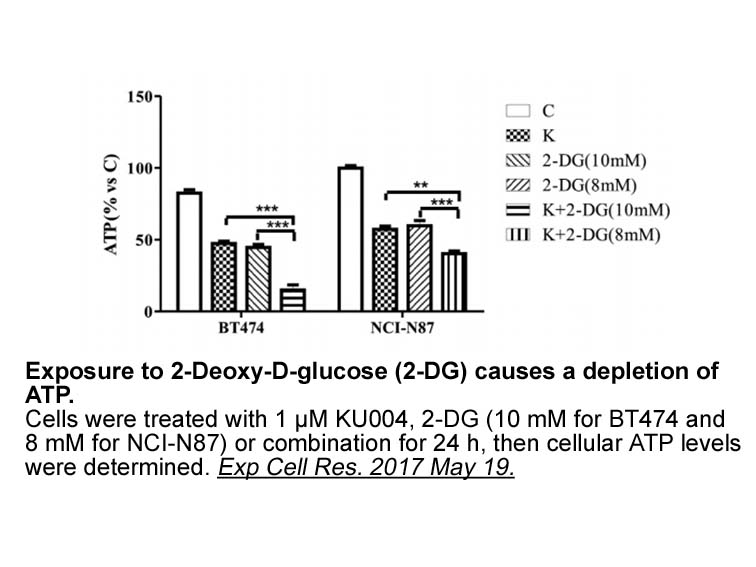Archives
Now we turn to the other channel through which the
Now we turn to the other channel through which the risk-taking incentives provided by option compensation affect corporate debt maturity. Jensen and Meckling (1976) argue that the payoff structure of debt holders in a levered firm is concave, while that of equity holders is convex, thus, shareholders have incentives to take excessive risk at the expense of creditors—i.e., the risk-shifting agency problem. Managers, who are compensated with great risk-taking incentives through options to align their interests with shareholders', will adopt risky corporate policies that may expropriate the wealth of creditors. This divergence of interests increases the agency cost of debt since rational lenders price debt issues conditional on managerial incentive structure. Indeed, Ortiz-Molina (2006), Brockman et al. (2010) and Chen and Qiu (2017) find that a firm's borrowing cost is higher if managers are granted with greater risk-taking incentives through option compensation.
Barnea et al. (1980) and Leland and Toft (1996) argue that the short-maturity debt can mitigate the risk-shifting agency problem because the value of the shorter term debt is less sensitive to the difference in risk associated with the projects. Therefore, companies will choose to use shorter maturity debt if managers are granted with greater risk-taking incentives through option compensation. This underlying mechanism is called the creditor channel. It also predicts a negative relationship between compensation vega a nd corporate debt maturity.
nd corporate debt maturity.
Identification strategy
Establishing a causal relationship between the managerial risk-taking incentives provided by option compensation as measured by vega and debt maturity structure is challenging because of the endogeneity concerns. For instance, the intensity of import 3-Bromopyruvic acid australia in an industry might lead to adjustments in both CEO compensation and debt maturity structure (Leary and Roberts, 2014; Lie and Yang, 2018). In this paper, we use the issuance of FAS 123R in 2004 as a quasi-natural experiment and employ the difference-in-differences methodology to estimate the causal effect. In the following, we will discuss FAS 123R and the accounting treatment of option compensation, whether FAS 123R is exogenous, and the difference-in-differences methodology.
Hypotheses
In this section, we list the hypotheses that will be tested in this paper. From the discussion in the Section 2, we know that both the manager and creditor channels predict a negative relationship between compensation vega and debt maturity. Since the treated sample faces a sharp drop in vega induced by FAS 123R while the control sample is not affected, we have the following hypothesis:
If the manager channel is the dominant mechanism, we should expect that managers with greater risk-taking incentives (higher vega) will also be willing to take more risks in terms of issuing more debt. That is, the manager channel predicts a positive relationship between vega and new debt issuances. However, if the creditor channel is the dominant mechanism, creditors are more concerned and the agency cost of debt is higher if managers are granted with higher vega through option compensation, since these managers are more likely to take excessive risks at the expense of creditors. In this case, creditors will be less willing to lend money to the firm. In other words, the creditor channel predicts a negative relationship between vega and net debt issuances. Thus, investigating the impact of vega on debt issuances can help identify the underlying mechanisms. Since the treated sample faces a sharp drop in vega induced by FAS 123R while the control sample is not affected, we obtain the following hypothesis:
To further identify the underlying mechanisms at work, we also look at the cross-sectional variations. If the creditor channel dominates, we expect the increase in debt maturity around FAS 123R of treated firms relative to control firms to be more evident for firms with more severe risk-shifting agency problem. Guedes and Opler (1996), Johnson (2003), Eisdorfer (2008) and Custódio et al. (2013) argue that firms with more growth opportunities face potentially more severe risk-shifting problem because it is likely easier to increase the risk of new investments than assets in places. Barclay and Smith (1995), Guedes and Opler (1996), and Eisdorfer (2008) argue that it is more difficult for firms from regulated industries to change the risk of investment since managers have less discretion in investment decisions in those industries. Therefore, we expect the increase in debt maturity of treated firms relative to control firms to be stronger for firms with more growth opportunities or from non-regulated industries.